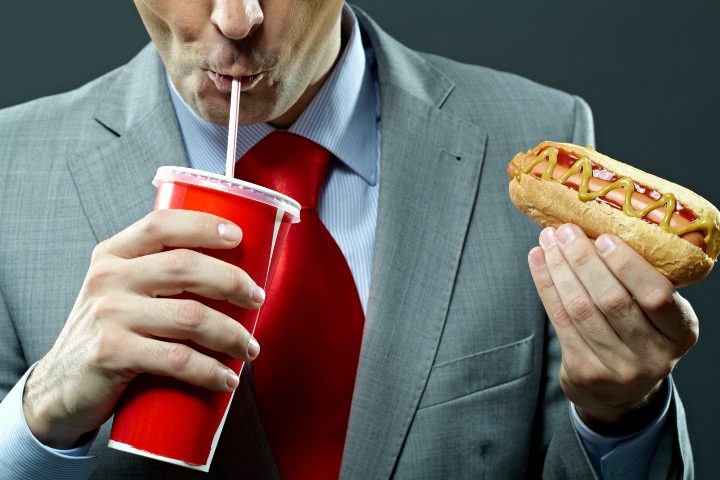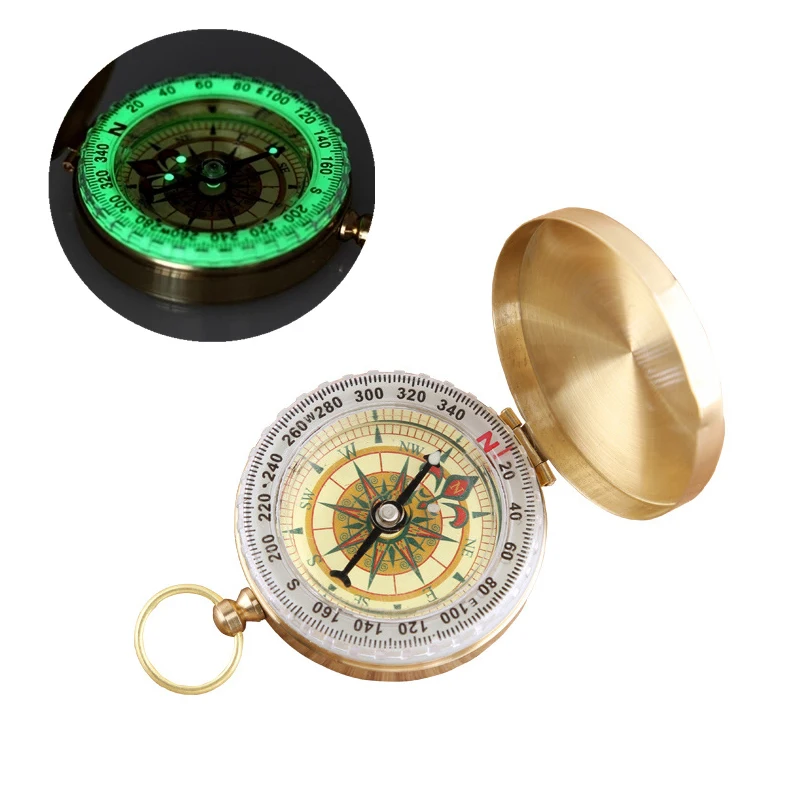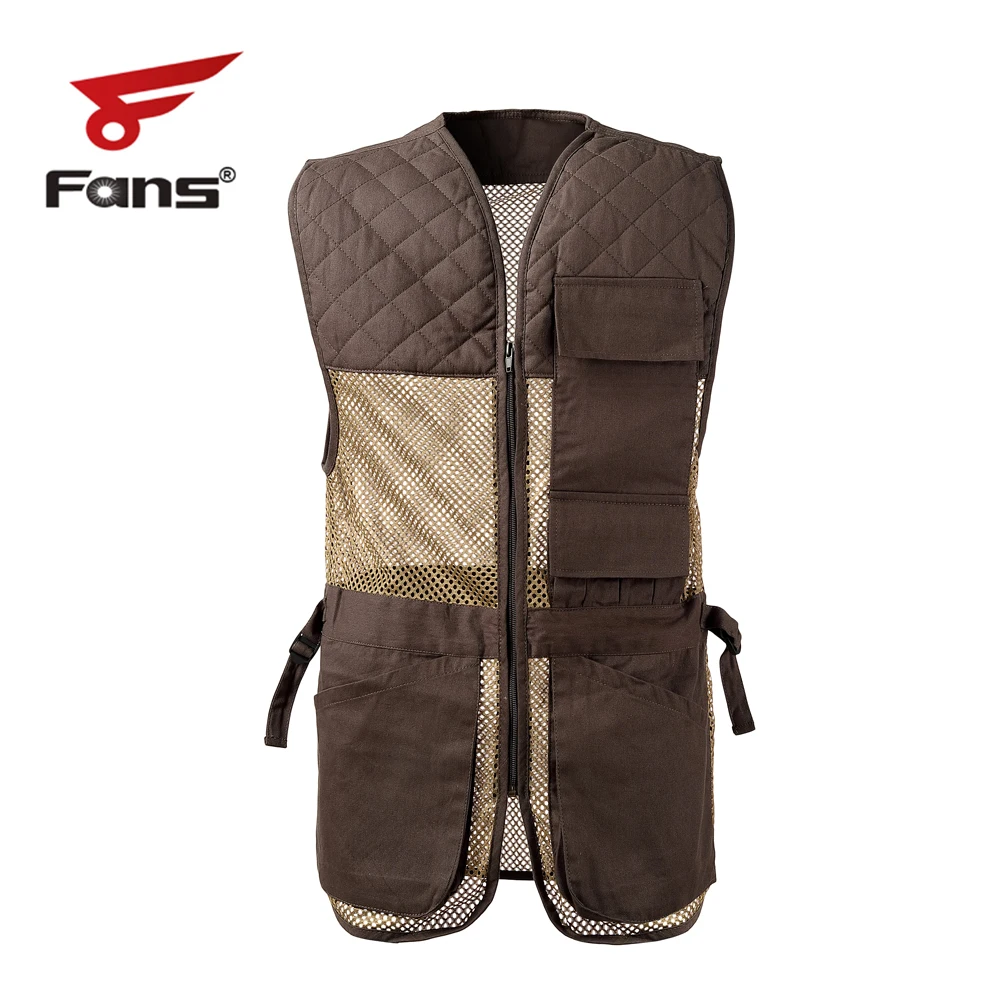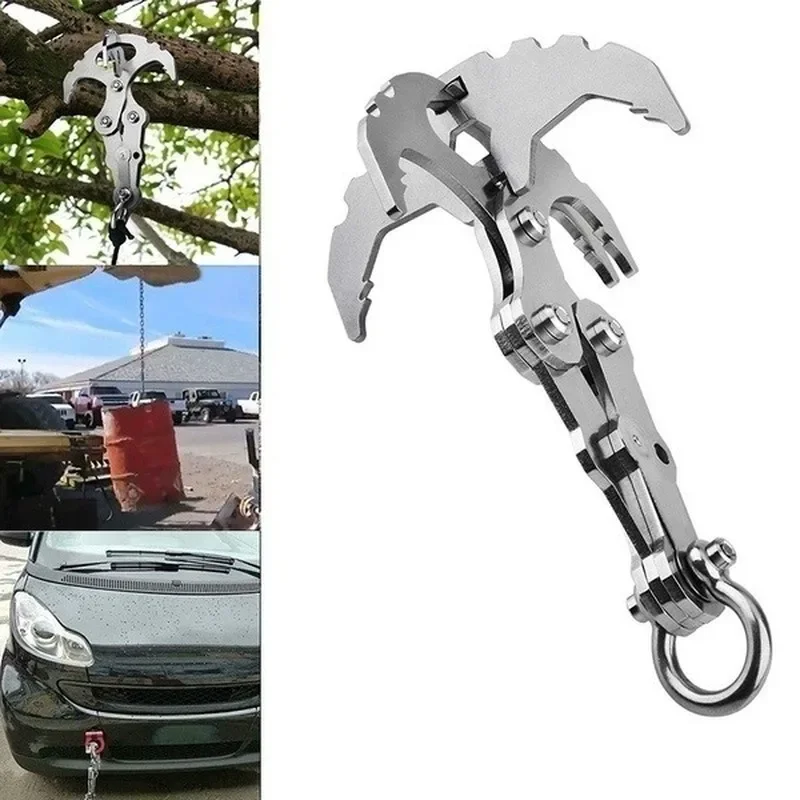
According to the U.S. government, Bidenflation has raised the cost of a hot dog purchased outside the home by more than seven percent in the last year, to just under $6. Yet Costco, the wholesale club warehouse that is the third largest retailer in the entire world, continues to sell its hot dog and soda combo at $1.50, and has promised it will continue to do so until the end of time.
How can they do that?
Part of the reason is the motivation on the part of one of the owners to remain alive! Jim Sinegal and Jeffrey Brotman opened the first Costco in Seattle in 1983, and began offering the combo a year later. By 2018 the stores were losing money on every one, and when Craig Jelinek, Sinegal’s successor, told Sinegal that “we can’t sell this hot dog for a buck fifty. We are losing our rear ends,” Sinegal replied, “If you raise the [price], I will kill you. Figure it out.”
Jelinek figured it out. He switched soda brands. He changed contractors for the hot dogs and then built a plant to make them in-house. But, in spite of those efforts, currency destruction has overcome those efforts.
Still, the hot dogs remain a staple of the menu in each of the 600+ Costco stores in the United States. And the management continues to keep the price at a buck fifty.
Here are the numbers. Last year Costco’s total revenue, hot dogs and soda included, came in at almost a quarter of a trillion dollars — $242 billion, to be exact. It makes its money selling memberships. Costco now has 132 million members paying $60 per year. Do the math: That’s nearly $8 billion before anyone buys anything!
Let’s assume that it actually costs Costco $6 for the hot dog and soda combo. They lose $4.50 on each of the 135 million they sell — that’s a loss of $600 million every year. But they still managed to eke out a profit of more than $6 billion last year.
What’s the real reason? Costco shoppers visit a local warehouse an average of 30 times a year, and they spend an average of $150 each time. The store eats the $4.50 loss on each combo it sells but makes it up through its memberships.
There’s another reason. The same reason that McDonald’s learned years earlier, through its first PlayPlace built in 1971 — take the kids, let them have some fun, and by the way, let’s have lunch while we’re here.
Costco has taken that concept to a whole new level. Let’s take the kids to Costco to have lunch and do a little shopping while we’re there. Like dropping $1,400 for an outdoor patio set, or $2,500 on a riding mower. As one wag put it: “A single customer who comes for the hot dog combo but stays for the big screen TV wipes out the loss on a few thousand hot dogs!”
There’s another reason, too. Warehouses aren’t pretty. They aren’t meant to be. But the food court is altogether different. Anyone having lunch there knows that it’s warm and inviting, it smells great, and it inspires existing members to keep their memberships and visitors to sign up.
There’s still another reason: No one else is doing it. As Sinegal said, “It’s the mindset that when you think of Costco, you think of the $1.50 hot dog and soda.”
And, in the free market, where competition is fierce, that mindset is priceless.
“What’s more American,” asked Eric Schaefer of the Phoenix New Times, “than buying 24 rolls of toilet paper, 64 ounces of mayonnaise, a case of beer, a few racks of ribs from the butcher, and throwing down a hot dog on the way out? Simply put: nothing! And, as a bonus, you can also buy enough antacid to last a lifetime!”





















































